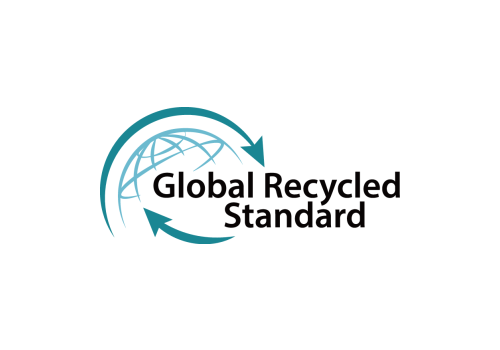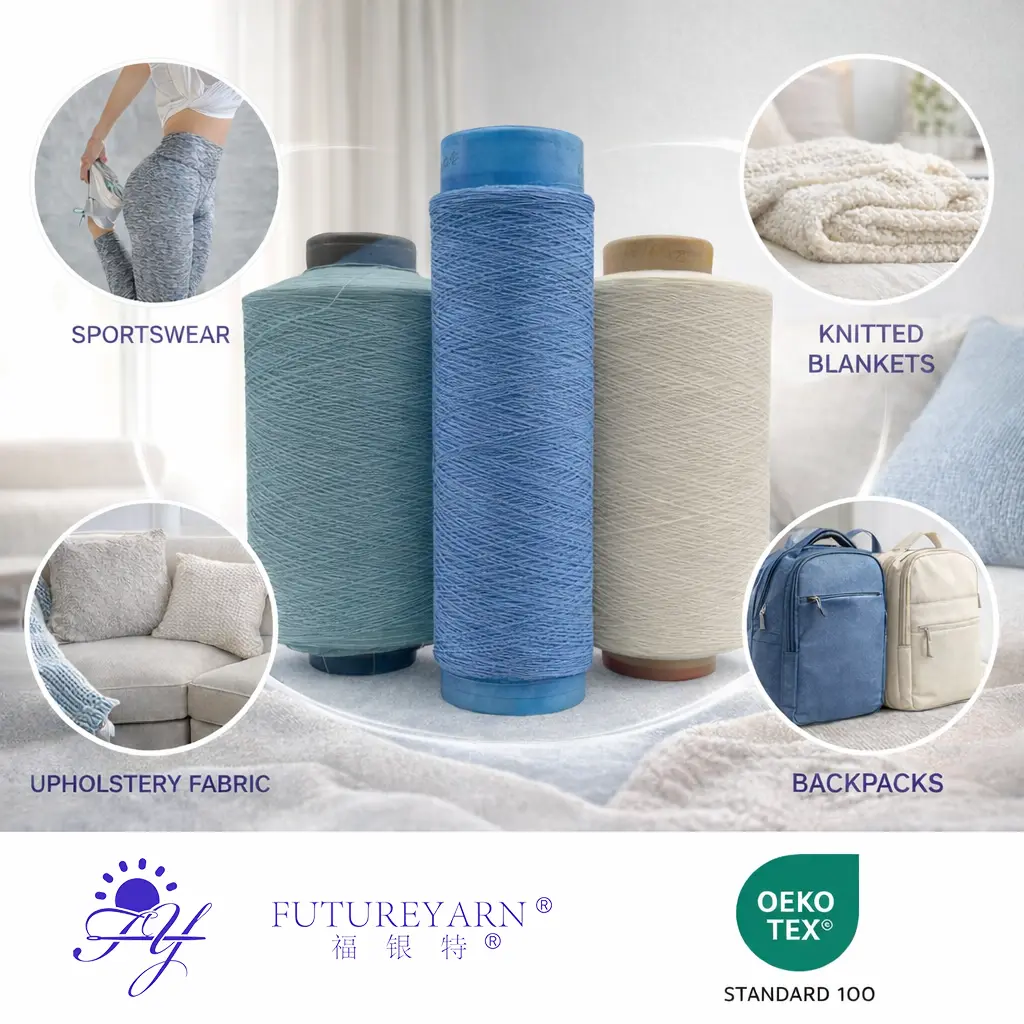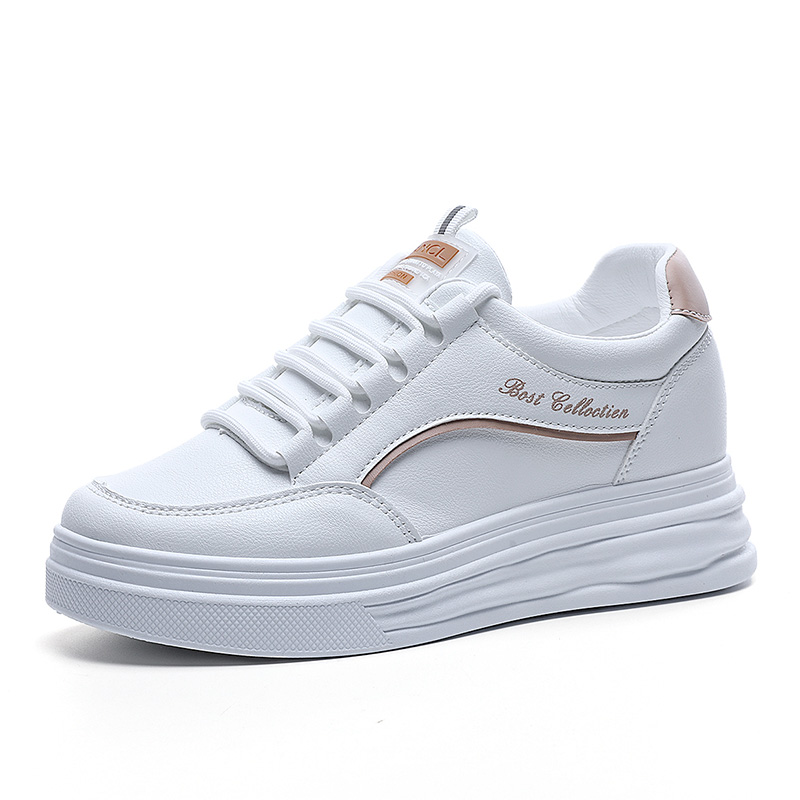The global knitwear industry, a sector long characterized by traditional
craftsmanship and cyclical fashion trends, is undergoing a profound
transformation. Driven by a powerful confluence of technological innovation,
heightened sustainability demands, and shifting consumer values, the very fabric
of the industry is being rewoven. This isn't just a change in style; it's a
fundamental reboot of how knitwear is designed, produced, and consumed,
positioning it at the forefront of the future of fashion.
The Digital Needle: Revolutionizing Design and Production
For decades, the process of creating a knitted garment was time-intensive,
involving manual programming of mechanical knitting machines and numerous
physical samples. Today, that paradigm is crumbling thanks to
digitalization.
At the heart of this change is 3D knit technology, often associated with
pioneering brands like Ministry of Supply and Adidas. These advanced,
computerized flat knitting machines are capable of creating entire garments—from
a seamless sweater to a pair of shoes—with minimal waste. They operate like
printers, using digital design files to precisely place each stitch, often with
zero cutting involved. This "cut-and-sew-less" approach drastically reduces
material waste, a critical advantage in an eco-conscious market.
Furthermore, software is revolutionizing the design phase. Powerful programs
like Shima Seiki's SDS-ONE APEX series allow designers to create hyper-realistic
3D models of knitwear. They can simulate different yarns, stitches, and patterns
on a virtual avatar, adjusting fit and drape in real-time before a single thread
is ever loaded onto a machine. This not only slashes sample production time and
cost but also enables remote collaboration and significantly shortens
time-to-market, allowing brands to be more agile and responsive.
The Sustainability Imperative: Unraveling a New Ethos
Perhaps the most significant driver of change is the industry's urgent pivot
towards sustainability. Knitwear, particularly in the fast-fashion segment, has
historically been a resource-intensive process. The new wave of innovation is
directly tackling this issue head-on.
The adoption of 3D knitting is a primary weapon, with some manufacturers
reporting up to 30-35% reduction in waste by eliminating the cutting process.
Beyond production, the focus has shifted to materials. Recycled fibers are now
mainstream. Brands are increasingly incorporating GRS (Global Recycled
Standard)-certified polyester from plastic bottles and recycled wool and cotton
into their collections.
The most exciting developments, however, are in the realm of bio-based and
regenerative materials. Algae-based yarns, fibers derived from citrus waste, and
responsibly sourced Merino wool from farms practicing regenerative agriculture
are moving from niche concepts to commercial viability. These materials not only
reduce dependency on petroleum-based synthetics like acrylic but can also have a
positive environmental impact during their growth phase.
The circular economy model is also gaining traction. Brands like Patagonia
and newer entrants like Unspun are promoting repair, reuse, and recycling
programs. The concept of "knit-to-order" is being explored by several innovative
companies, producing garments only when a customer orders them, thereby
combating the industry's chronic overproduction problem.
The Consumer Shift: Value, Values, and Versatility
Today's consumer is more informed and values-driven than ever before. They
are not just purchasing a product; they are investing in a story and a set of
principles. This shift in consumer consciousness is forcing brands to be
transparent about their supply chains, ethical labor practices, and
environmental footprint.
The demand for versatility and longevity is also shaping product lines. The
pandemic-fueled rise of "comfort dressing" has had a lasting effect, with
consumers prioritizing high-quality, multi-functional knitwear like technical
sweaters, cozy loungewear sets, and trans-seasonal pieces that offer both style
and comfort. This aligns perfectly with a "buy less, but better" philosophy,
encouraging investment in durable, timeless knits over disposable fast
fashion.
Challenges on the Horizon
Despite the exciting progress, the industry faces significant challenges. The
high cost of advanced knitting machinery remains a barrier to entry for smaller
producers. There is also a growing skills gap, as the industry requires a new
breed of technicians who are as proficient with software as they are with yarn
and stitch structures.
Furthermore, the push for sustainability must be holistic. While recycled
polyester diverts plastic from landfills, it still contributes to microplastic
pollution. The industry must continue to invest in filtration solutions and
explore natural, biodegradable fiber alternatives that can perform at a high
level.
The Final Stitch
The knitwear industry is demonstrating a remarkable capacity for reinvention.
By intertwining cutting-edge technology with a genuine commitment to planetary
health, it is stitching a new narrative for itself—one that is smarter, cleaner,
and more responsive. The humble knit is no longer just a winter staple; it has
become a symbol of how tradition and innovation can intertwine to create a more
sustainable and exciting future for fashion. The loop has been closed, and the
future looks intricately, and intelligently, knitted.

www.zhonghui-knits.com
Zhonghui

